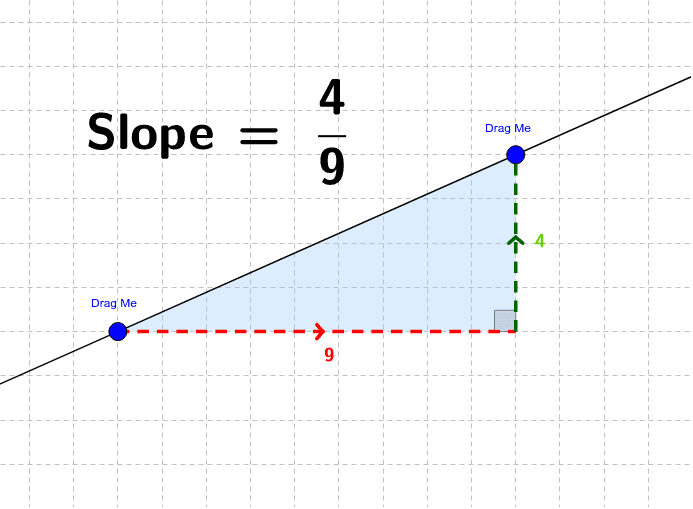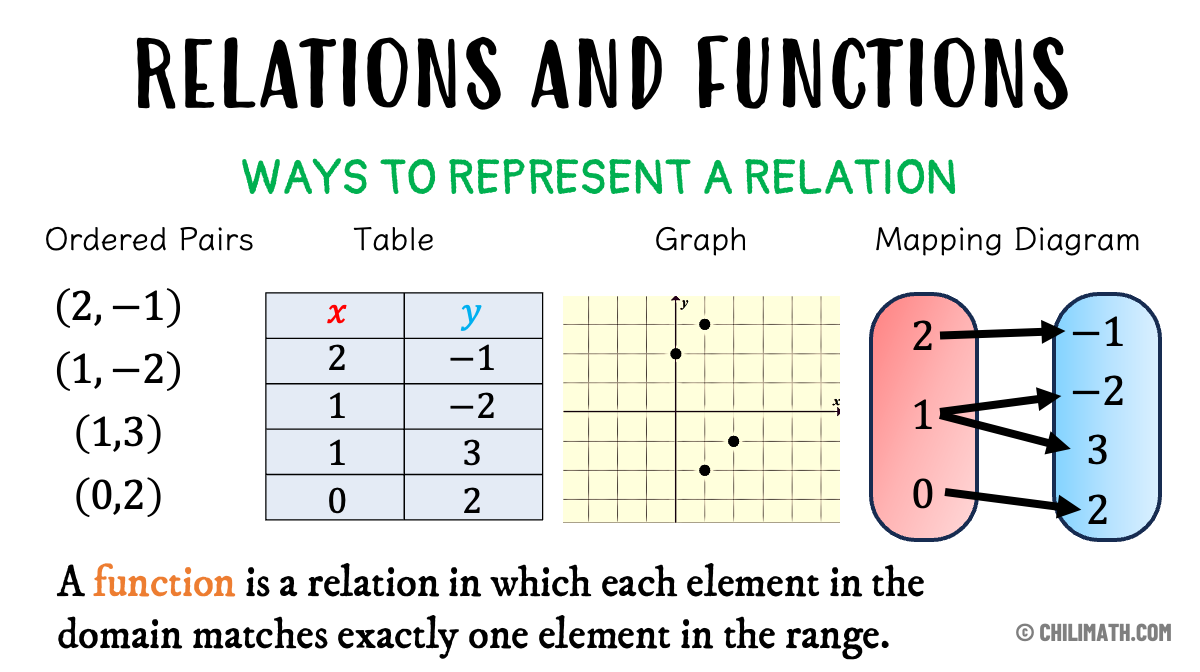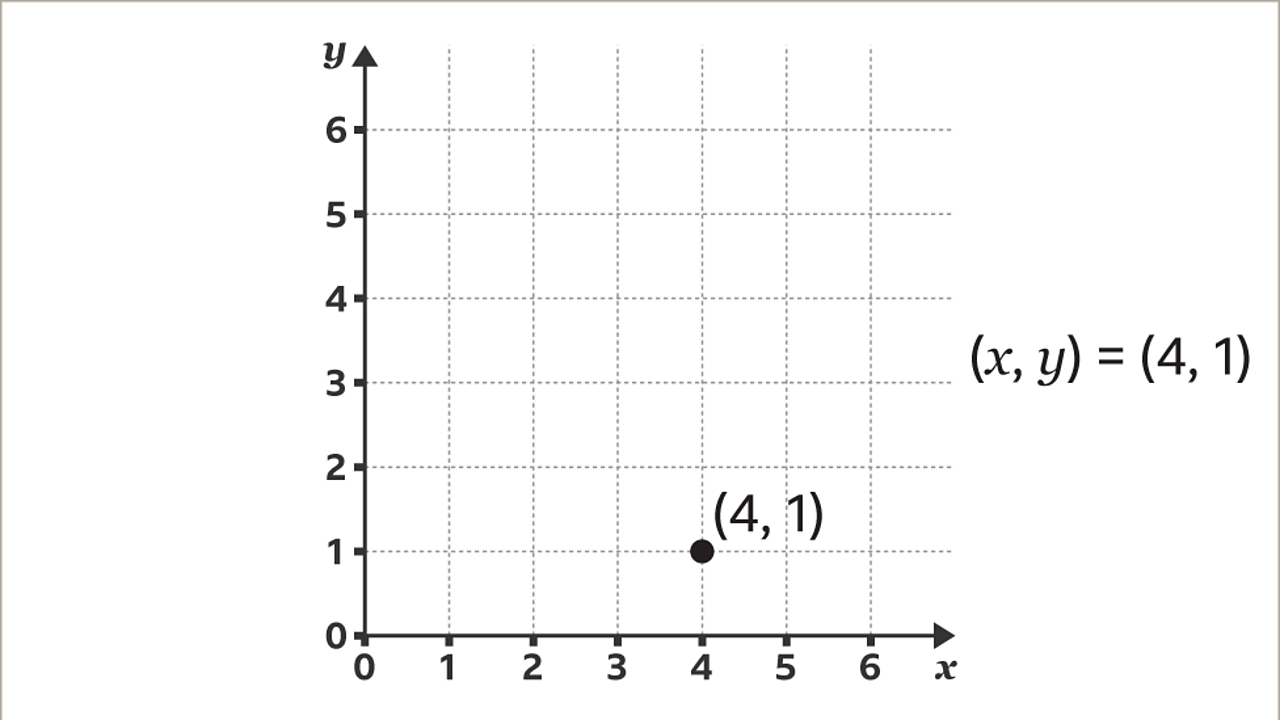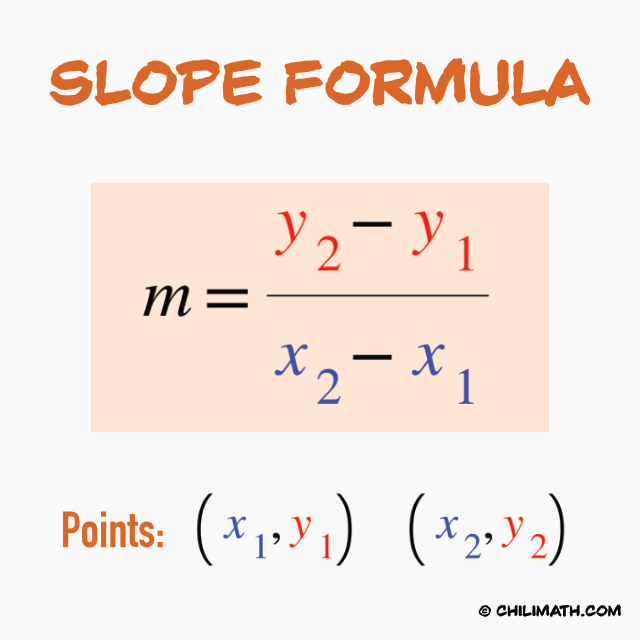This week in math we did a lot of revision on our previous units to get us prepared for the finals.
Like Polynomials, Factoring, Trigonometry, Slope, Linear Equations, Systems, Relations and Functions
Examples:








This week in math we did a lot of revision on our previous units to get us prepared for the finals.
Like Polynomials, Factoring, Trigonometry, Slope, Linear Equations, Systems, Relations and Functions
Examples:







This week in math class, us students dived into the study of systems of equations. A system often refers to a set of equations that share common variables. One common type is a system of linear equations, where the goal is to find values for the variables that satisfy all the equations simultaneously. These systems are utilized to model and solve real-world problems across various disciplines, or to find coordinate point pairs on a graph.
For Example:

There are different methods to solve a system but here we will use the elimination method.
lets find “X” first, to do that lets multiply to the LCM of “Y” and multiply everything on the top by 4 and everything on the bottom by 7
=8x + 28y = 136
=35x – 28y = -7
Eliminate “Y” by adding
= 43x =129
Divide both sides by 3
x=3
Now lets find “Y”, so lets plug in the x value into the first equation and solve
2 x 3 + 7y = 34
= 6 + 7y = 34
lets isolate “Y” by moving the 6 to the other side and adding
7y = 28
divide both sides
y=4
= (3 , 4)
That’s what we learned this week in math.
This week in math class, us students dived further into linear equations and systems. We did this by challenging our ability with word problems. These word problems consisted of a story, and main details we needed to pick up on in order to make out and solve the equation.
For Example:
and Ravi’s maximum speed was
This week in math, we dived into the fundamental concepts of slope and linear equations. Slope represents the steepness or incline of a line and is calculated as the change in the vertical direction divided by the change in the horizontal direction between two points on the line. Understanding slope helps us grasp how lines rise or fall.

Linear equations, on the other hand, describe straight lines on a graph and have the form y = mx + b, where ‘m’ represents the slope and ‘b’ is the y-intercept, the point where the line crosses the y-axis. These equations allow us to model relationships between variables in a wide range of situations.


This week we learned all about how to find coordinates on graphs and where the 4 quadrants of a graph are.

In this image we can see the coordinate (4, 1), being the x value and 1 being the y value.

This image shows us that the top right is quadrant 1, the top left is quadrant 2, the bottom left is quadrant 3, the bottom right is quadrant 4.

We studied functions and relations in math this week. Relationships between sets of numbers are known as relations, and they occur when an input has one or more corresponding outputs. We studied functions, a particular kind of relation where some of one side’s numbers are the same so they become one. So then they don’t create even pairs where only one domain is matched with one range, this a function. We talked about a number of examples, such as linear functions, in which the graph’s relationship between the inputs and outputs is represented by a straight line. We also studied other functions, such as exponential and trigonometric functions, and examined quadratic functions, whose graph is a parabola. Comprehending these differences facilitates our understanding of the functioning and visual representation of various mathematical relationships.

This week we learned all about factoring binomials.

To factor binomials, start by placing the binomial’s terms in ascending order to make them easier to read. Next, find the greatest common factor of both terms, then divide the greatest common factor from each term. Then, finish by multiplying your factor by the resulting expression!
This week we learned all about multiplying, adding and subtracting Polynomials
Once your distributing start by adding all the terms
Simplify at the end
